I was fortunate enough to be one of the many people who crammed into Politics and Prose last month to hear Michelle Brafman talk about her new book, Bertrand Court. (Yesterday was the EDIWTB online book club for Bertrand Court.) Here’s what Brafman had to say.
- Bertrand Court is a book defined by “random assignments”. Life is “one long cul de sac”, like Bertrand Court, and the characters of the book are connected in random ways like on this street. (She calls this “cul de sac lit”).
- She wanted to show a different side of DC, one made up of the people who work for the famous people.
- Bertrand Court is named for Bertrand Farkas, an Emmy award winning producer who had a distinctive style that conveyed a sense of eavesdropping. He was very good at establishing time and place.
- The book doesn’t necessarily have a plot, but it has an arc. It covers from babies to death.
- She wanted to explore “the glorious messiness of connectivity”, with stories told by characters who are in the hot seat, behaving badly.
- She found it fascinating to write the same thing from different perspectives. She kept writing stories she had from different points of view, revealing where the characters were based on their perspective.
- The characters in Bertrand Court are messy and inconsistent from story to story. It’s a book about connection but also about how hard it is to accept the cul-de-sac-ing in other people.
Q&A:
 Did you picture the book graphically?
Did you picture the book graphically?
Yes, I did. But I didn’t end up doing it on paper.
Jewish themes are big in your books. Do they play a big role here?
Yes, there are a lot of Jewish people here – not all. Some are interfaith. The first story is based on a Jewish folk tale. But this is not like Washing The Dead – this is more of a secular book.
Were some characters easier to write than others?
Not really, because I was always so compelled to write the next story. The men were so easy to write, as they were so far from my experience.
This book was written over the course of 15 years. Why so long?
I did a lot of backstitching, weaving back into the book.
When did you know it was done? Did you have an end in mind?
I always knew the last story would go at the end. I fudged around with the order of the other pieces.
Which was the last story you wrote?
“Two Truths and a Lie”.
Did you know the stories would be linked?
I wrote them in triptychs – groups of three. I wanted to tell the conflict from three perspectives, but have it all belong to the same world.
How you know when a sentence is done?
Never.
You’ve written a novel and novelistic stories. Which do you feel more comfortable with?
I prefer writing a novel. When I wrote these, I felt like I was working toward the novel.
Would you like to revisit these characters 10 years later?
I hadn’t thought of that, but it would be fun.

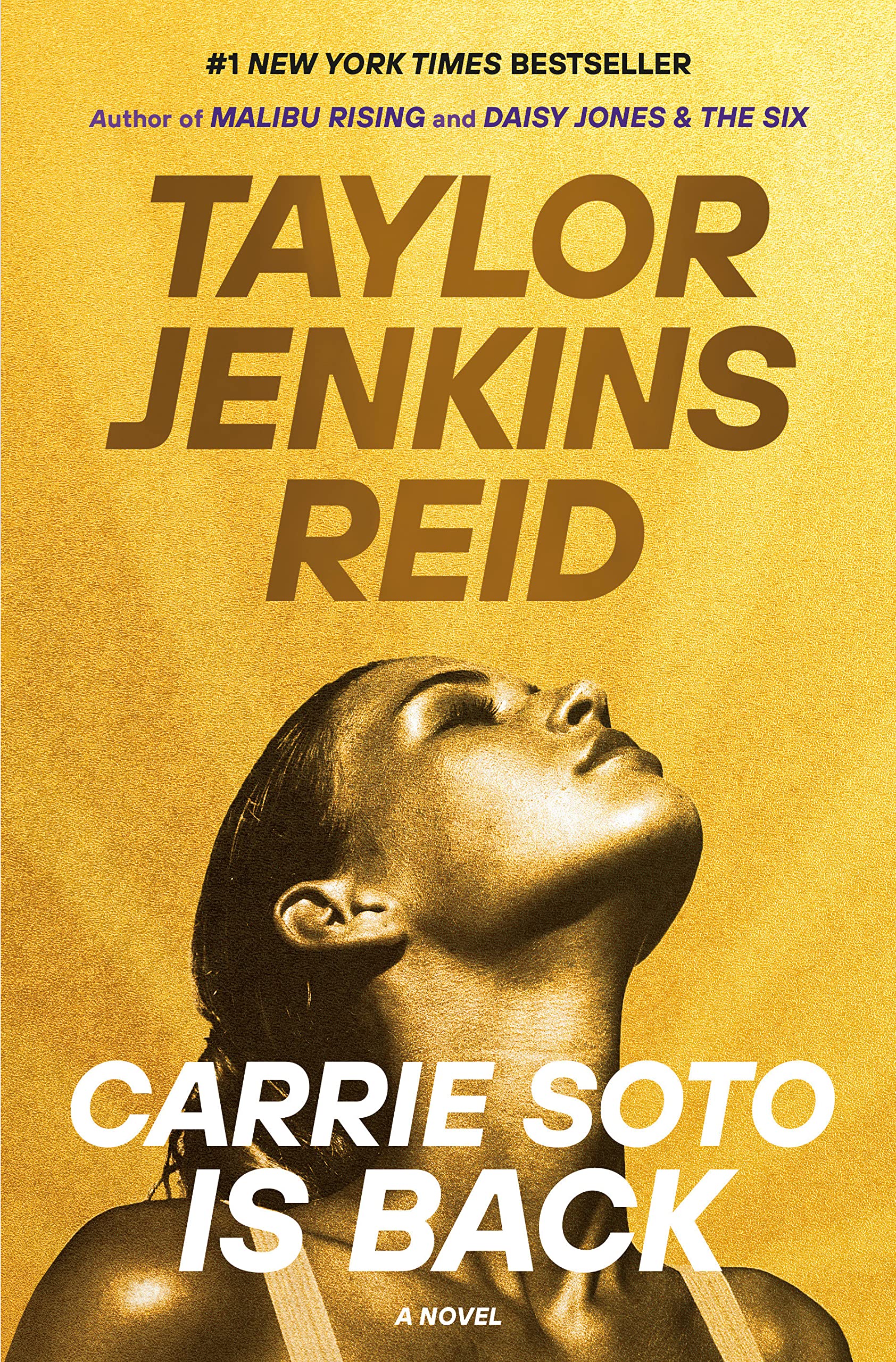
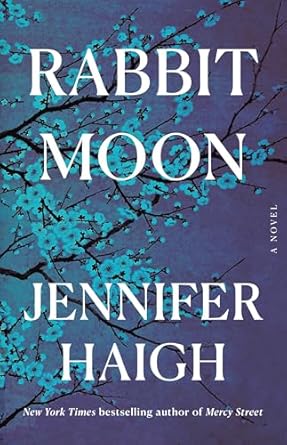
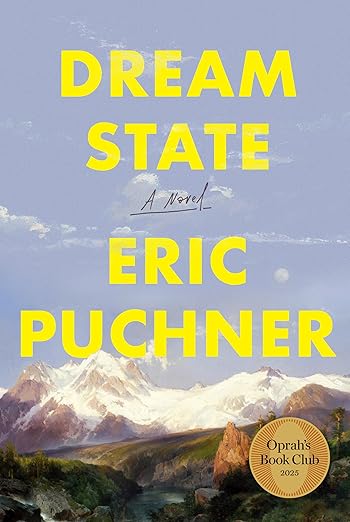
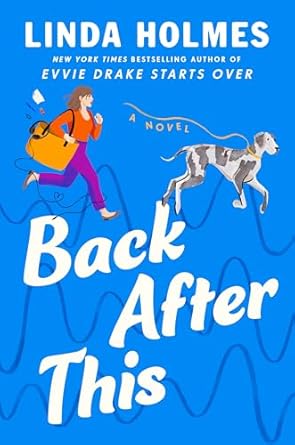
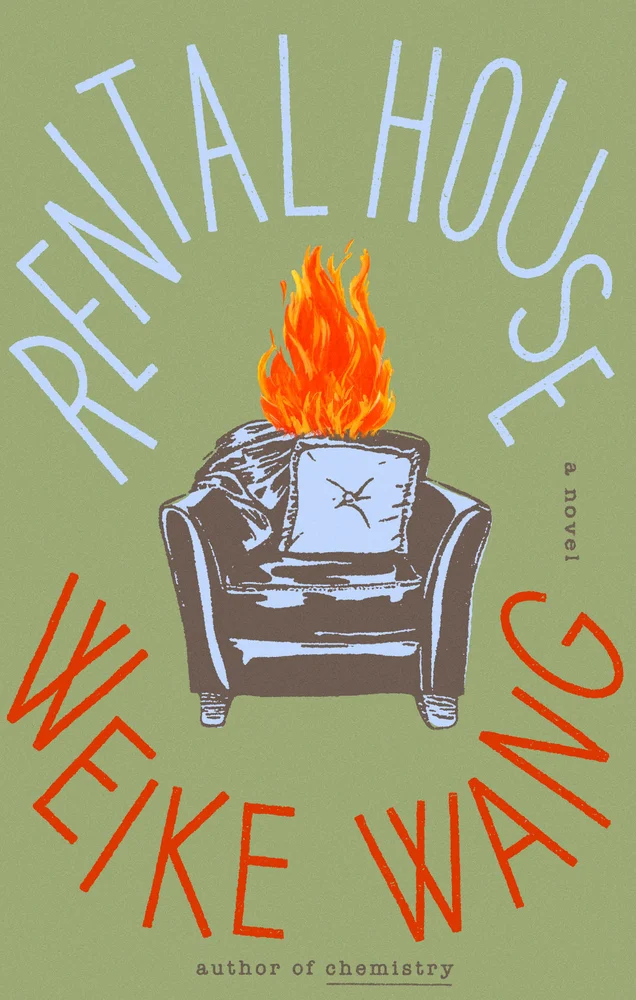
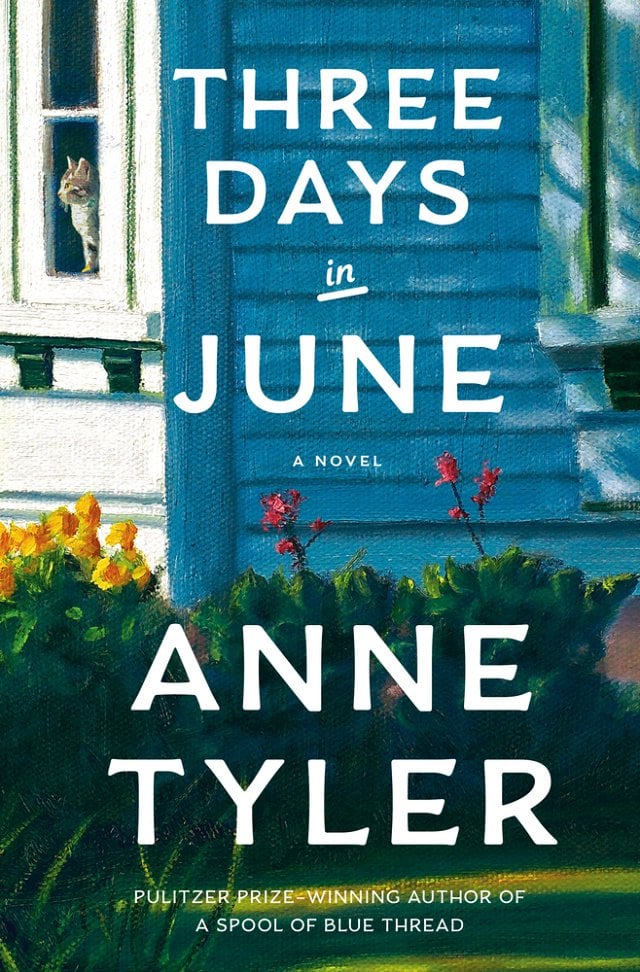


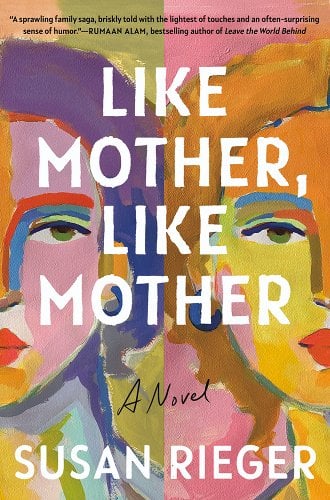
About Me
I have been blogging about books here at Everyday I Write the Book since 2006. I love to read, and I love to talk about books and what other people are reading.